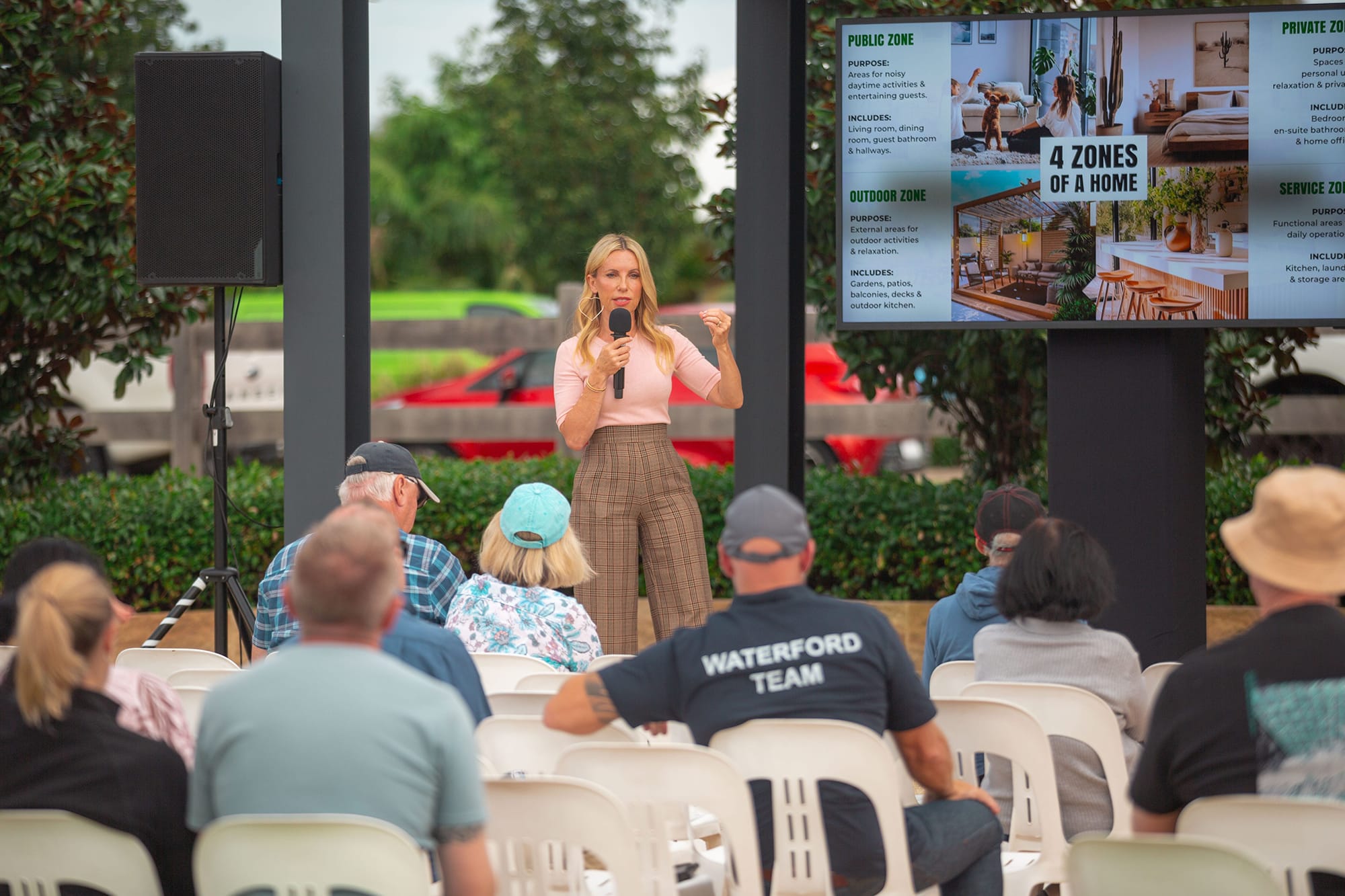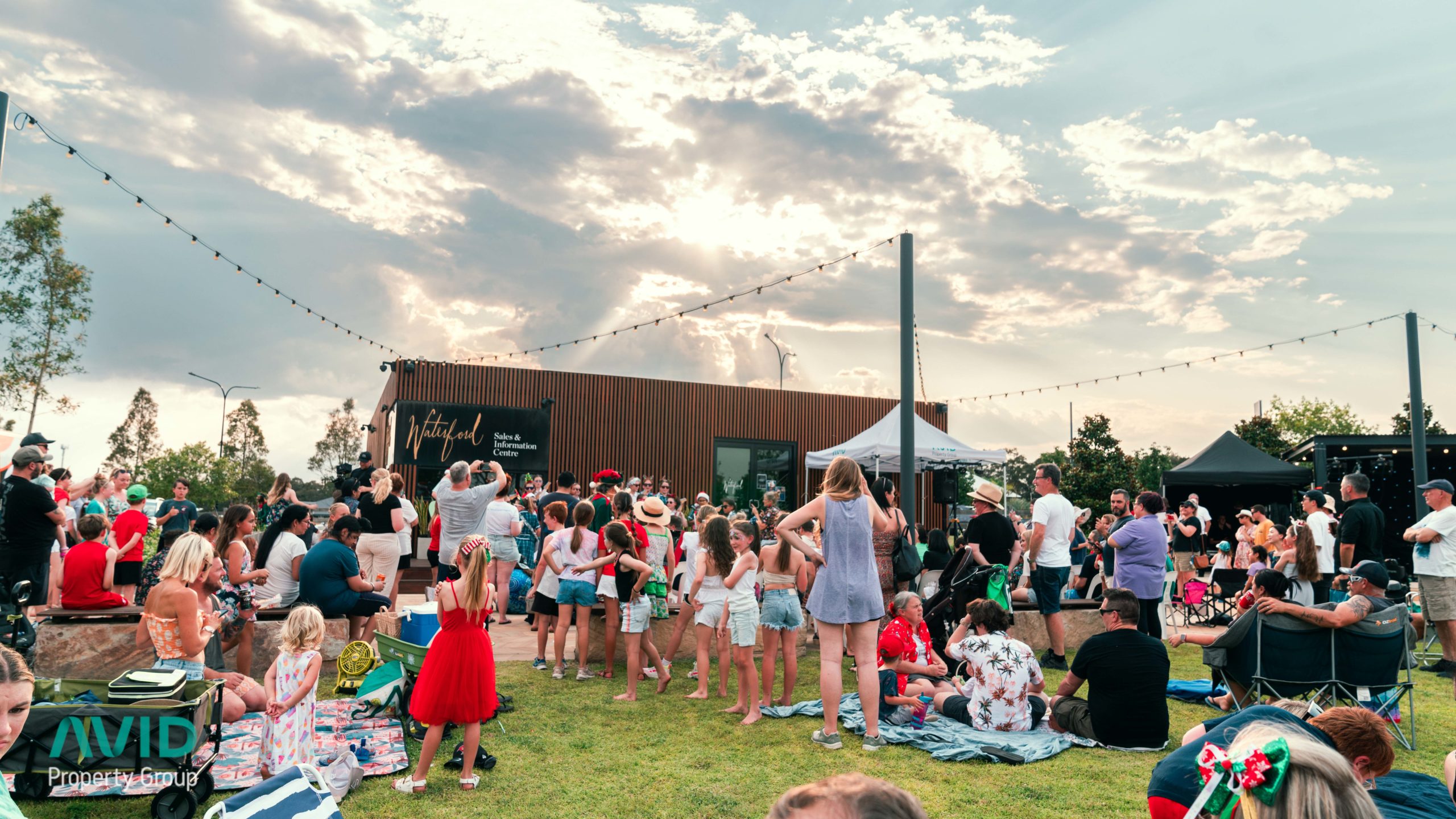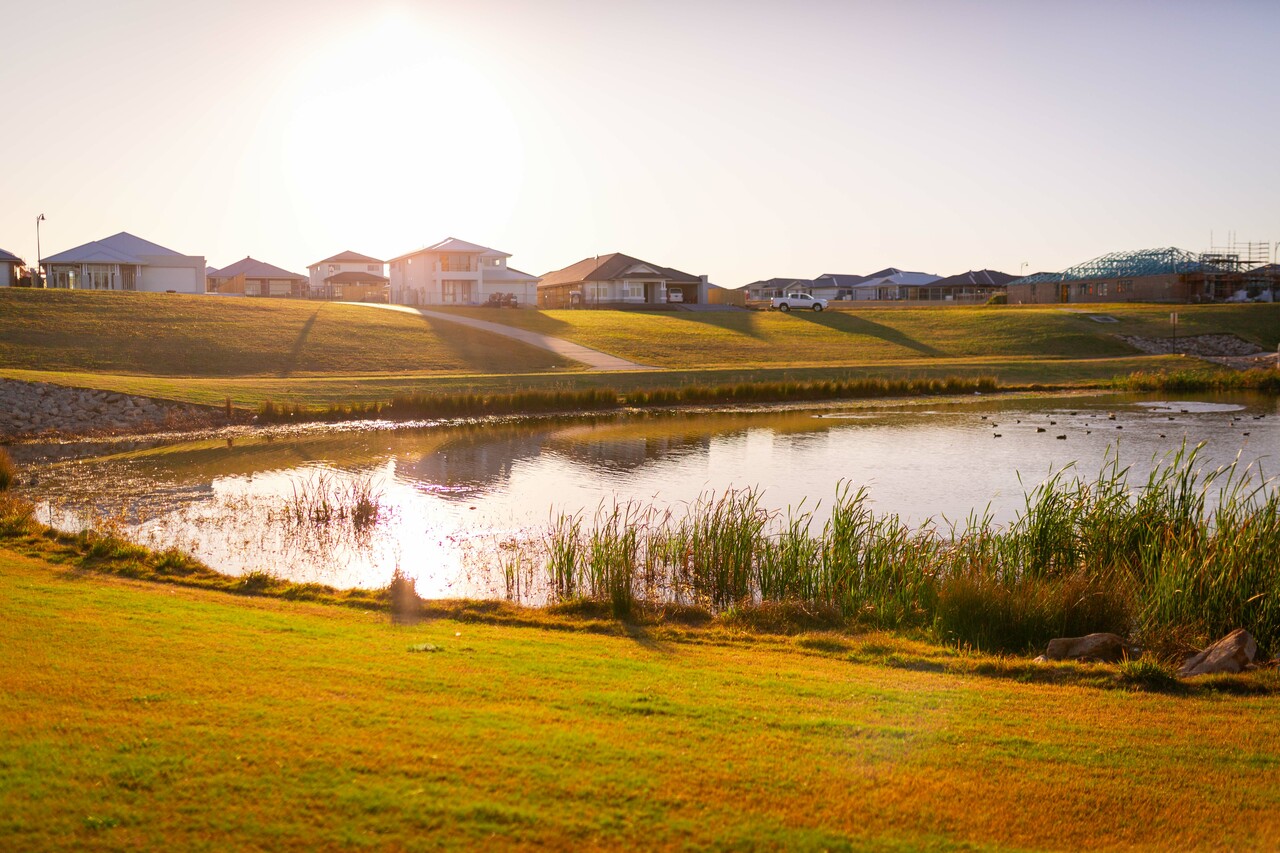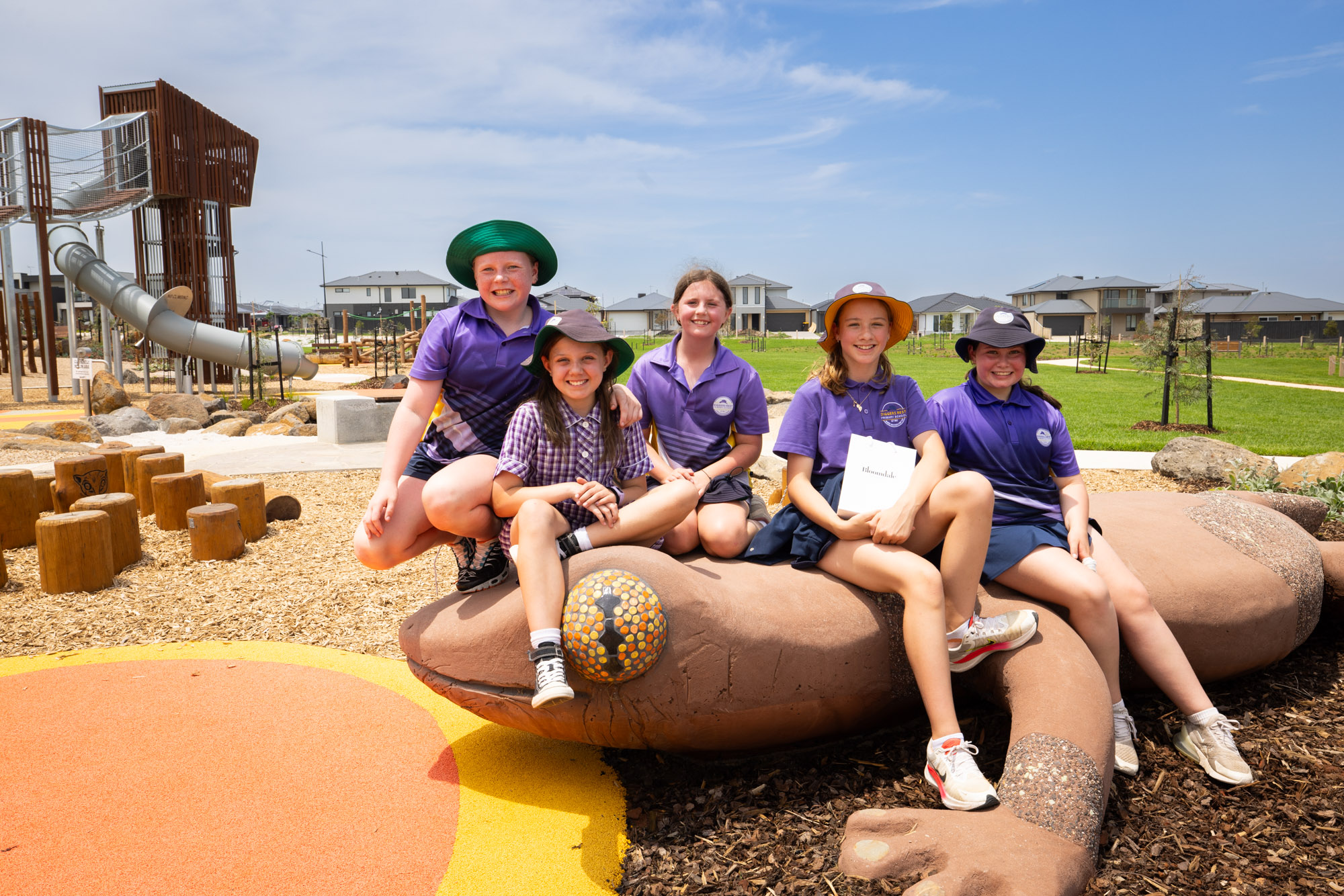News
3 ways urban community design needs to change
October 25, 2020 | IN Media Release and News | BY Holly Brennan | 4 min read
Peter Vlitas
AVID Property Group General Manager Victoria
The COVID-19 pandemic has exposed the limitations of historic urban design, putting the pressure on urban planners and property developers to rethink the way we build our communities. I believe new directions are required to design, develop and promote masterplanned communities, to suit the needs of people both now and into the future.
Masterplanned communities are wonderfully designed for self-contained living, with all the local amenities residents would need right on their doorstep. However, traditional planning has focused on connectivity, not just through sentiment, but through physical design and landscapes and there are still design changes within our communities that we need to consider for a post-COVID world.
For developers like us at AVID, the challenge now is finding a solution to an integrated philosophy of ‘connection’ while creating built environments and community spaces that allow for physical distancing. Three key areas for reimagining the urban design of communities include: streets, parklands and home designs.
1. Building wider paths and narrower roads
In the past, engineers would design streets predominately with vehicle-use in mind. Now we need to consider design that allows for the movements of people. Reports continue to show that more people are using walking and cycle pathways since COVID-19 with an increase of up to 79 per cent in some areas.
The narrow paths and wide roads of today don’t allow enough space to allow movement of people with safe social distancing. We need to adapt our built environment for more pedestrian and cyclist dominant movement over vehicular focused streets to prepare us for new waves of COVID-19 or similar future health pandemics.
It has also become clear that we need the foresight to create dedicated zones to allow safe pedestrian and cyclist traffic, which could also include a separate zone for more intense use of pathways for fitness. This would be one way that we could manage safe social distancing requirements under movement restrictions, such as the 5 kilometre radius rule.
2. Innovating park designs and recreational spaces
People have a need for fresh air and open spaces to manage their health and wellbeing, especially under the trying times of COVID-19. For people living in Melbourne, the lack of open parklands is impacting people’s mental and physical health with recent reports indicating that 340,000 people don’t have sufficient access to open space, with only between 0 to 4.5 square kilometers of parkland within 5 kilometers of their home.
While parklands are an essential feature of masterplanned community design, our recreational spaces will need to change. They are typically hubs of activity and social interaction for families and new innovative designs need to be explored that include surfaces that don’t have to be touched or cleaned every day to be enjoyed.
We need to think outside the box and look to more sensory experiences as opposed to hard landscape. At AVID we are asking ourselves, ‘what does a more sensory and immersive play area look like?’ In some of our own communities, plans are already underway to integrate these new design ideas into our communities to future proof our projects.
3. Changing home designs and living spaces
Another added benefit of masterplanned communities are close partnerships with builders who we can work with to provide building designs that meet the changing living arrangements of Australians.
Changing home designs have been very much under discussion in the construction, building and design industry. We are seeing design trends that provide a more comfortable living experience as we spend more time in our homes. For example, designs with additional light and space, larger backyards for private outdoors spaces and gardens, home office spaces or nooks and more options to keep homes hygienic and germ-free, are trends being seen across the industry globally.
Final thoughts
As we look to innovative ways of community development, we would need to retrofit existing communities. But with proper urban planning and rigorous investigation into how we can best meet the needs of a changing world, we can strategically design these new requirements right from the beginning of new projects.









